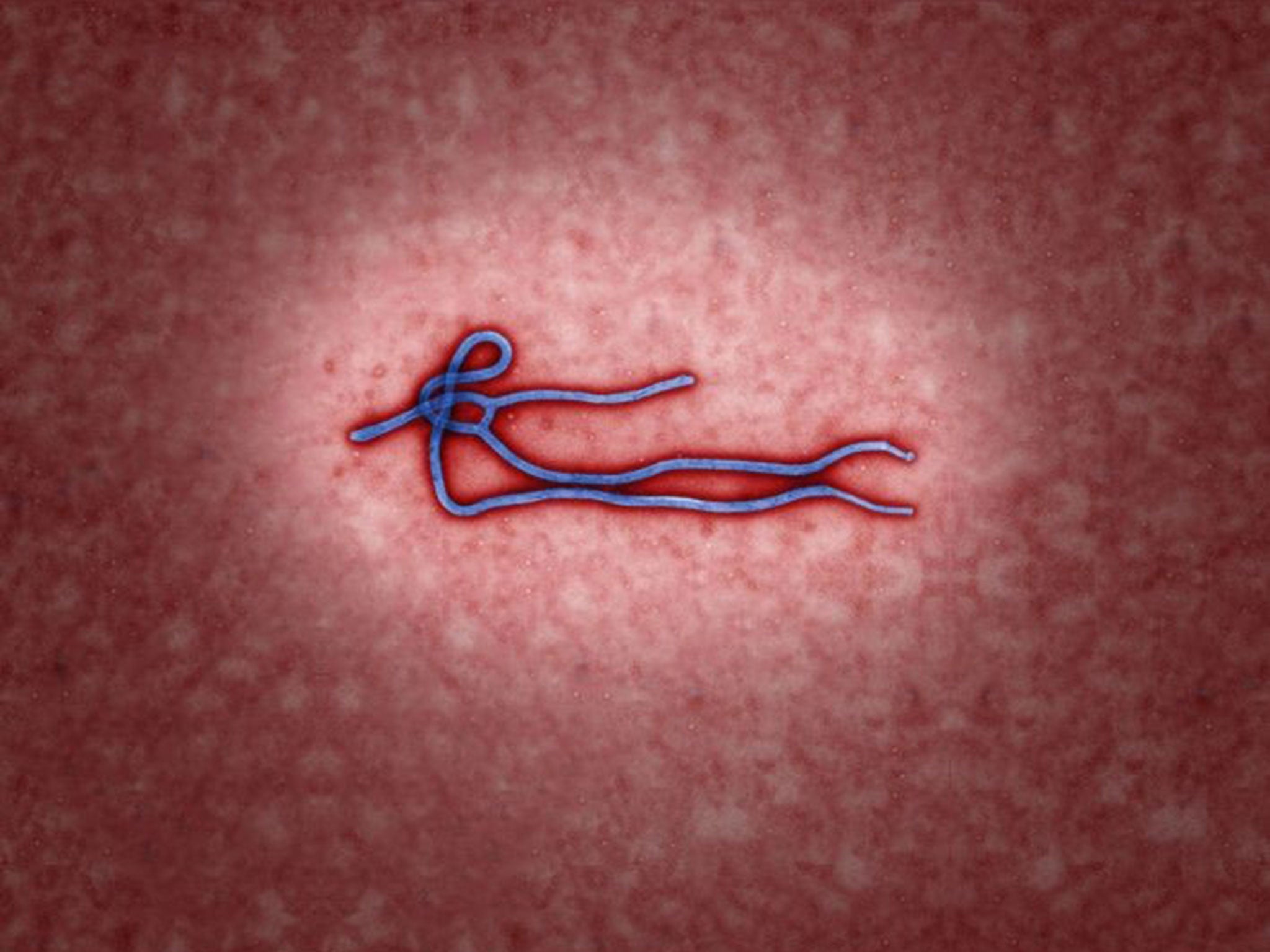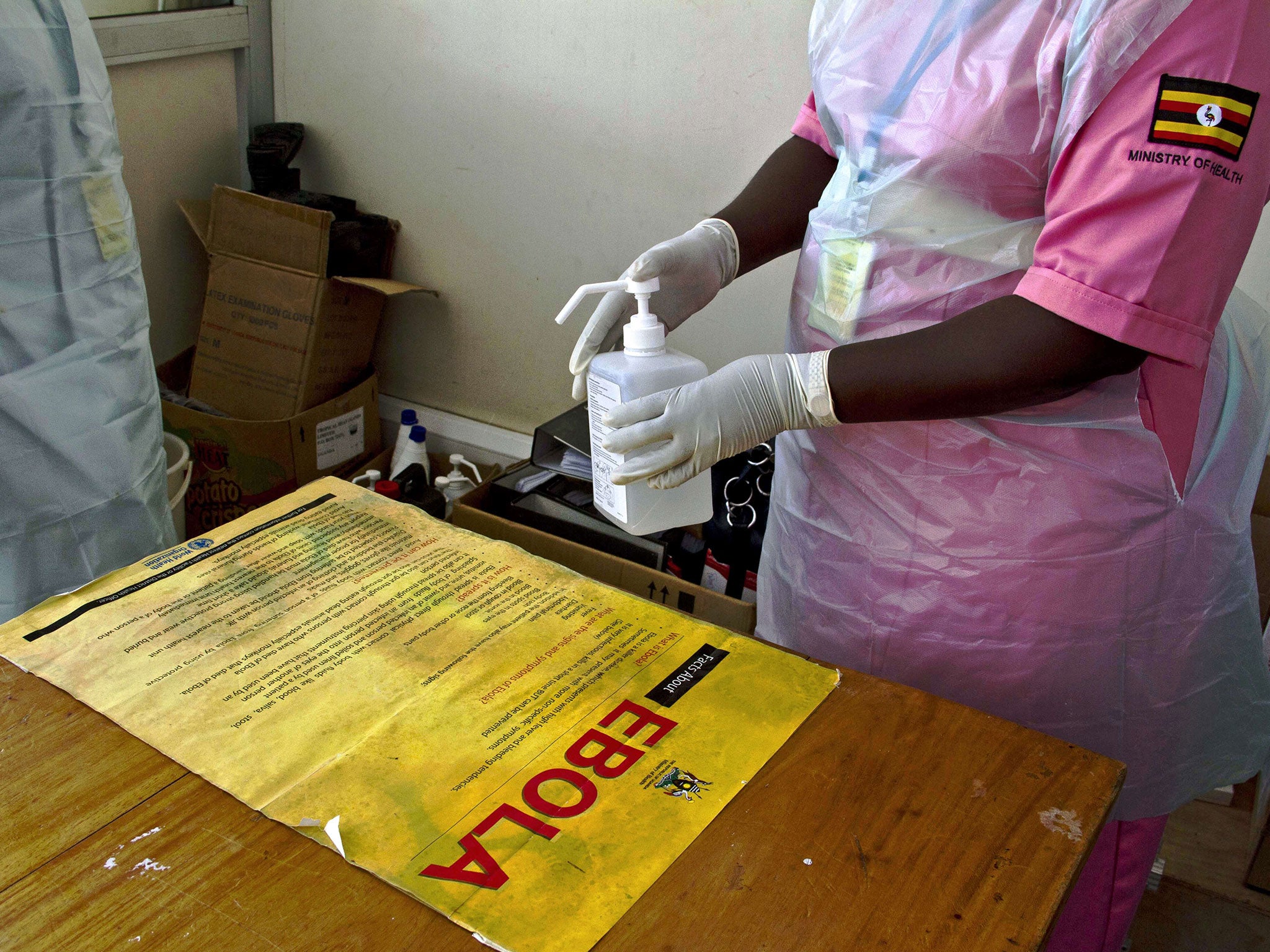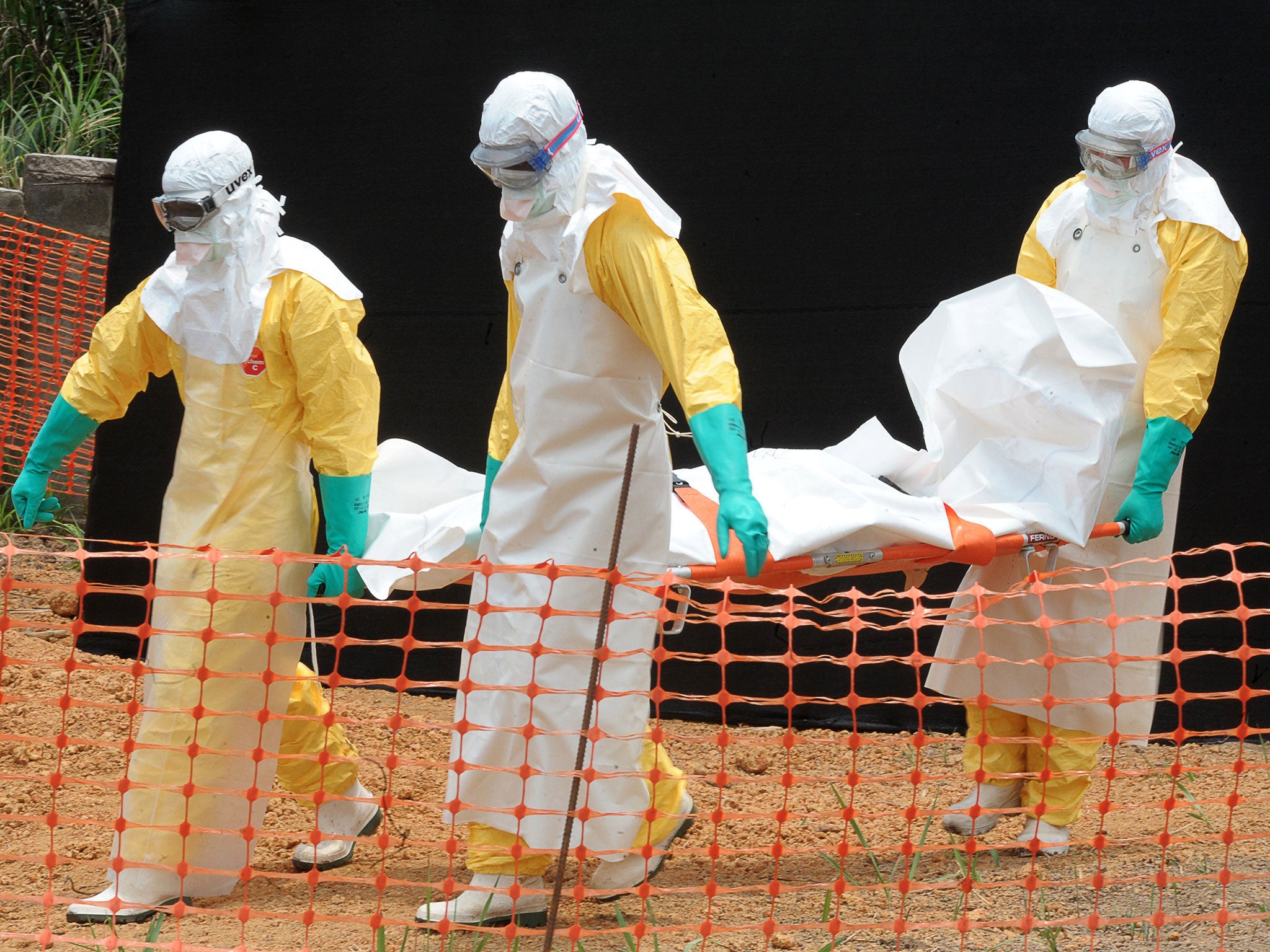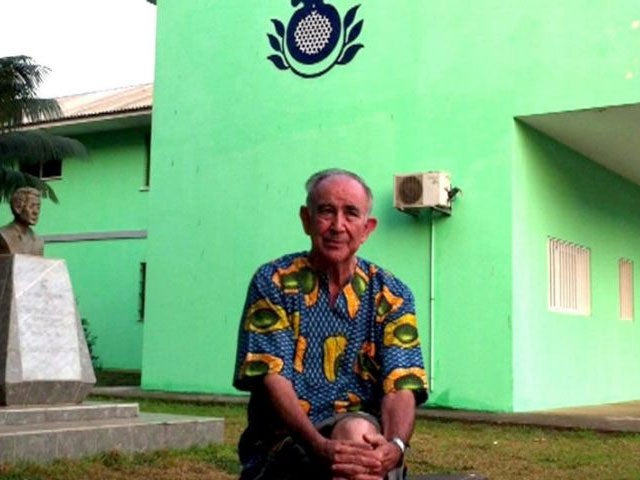Ebola outbreak: Graphics reveal how deadly virus spread from two-year-old in Guinea to be international ‘public health emergency’
Latest World Health Organisation figures show disease outbreak has now killed almost 1,700 people

Your support helps us to tell the story
From reproductive rights to climate change to Big Tech, The Independent is on the ground when the story is developing. Whether it's investigating the financials of Elon Musk's pro-Trump PAC or producing our latest documentary, 'The A Word', which shines a light on the American women fighting for reproductive rights, we know how important it is to parse out the facts from the messaging.
At such a critical moment in US history, we need reporters on the ground. Your donation allows us to keep sending journalists to speak to both sides of the story.
The Independent is trusted by Americans across the entire political spectrum. And unlike many other quality news outlets, we choose not to lock Americans out of our reporting and analysis with paywalls. We believe quality journalism should be available to everyone, paid for by those who can afford it.
Your support makes all the difference.The world is facing the worst outbreak of the deadly Ebola virus it has ever seen.
Today, the UN’s World Health Organisation declared that Kenya was at “high risk” from the disease, the strongest indication yet that Ebola could spread to span both sides of the African continent.
Deaths have now been reported in Saudi Arabia and Spain, cases are being monitored in the US and there have, to date, been 1,069 people killed by the disease in West Africa.
But how did it come to this? To answer that question, we have to look beyond the first reports of the disease to international health agencies.
Experts now believe that the first traceable case in the outbreak, Ebola’s so-called “Patient Zero”, was in fact a two-year-old boy in the Guéckédou region of Guinea all the way back on 6 December 2013.
The town where the boy lived, Meliandou, sits in a part of Guinea that is almost at a crossroads with both Liberia and Sierra Leone (see infographic below).
As a result, it gave the disease the perfect opportunity to span borders and move beyond the control of any single health authority.
From the boy’s family, the Ebola outbreak quickly claimed a Guinean health worker. Epidemiologists say this person, known as Patient S14, had triggered the spread of the disease to the districts of Nzérékoré and Kissidougou by February 2014.
By March, the WHO had been notified that “a communicable disease” was spreading through the country, but it wasn’t identified as Ebola until later that month – more than three months since the toddler’s suspected first case.

At the very end of March, fears that the outbreak was spreading beyond control were confirmed – and the first cases had been reported in Liberia’s northern-most region, just across the border from Guéckédou in Lofa County.
Throughout April and the start of May, the WHO reported a marked drop in the rate of new cases and deaths, and there were hopes that the worst was over.

On 27 May, however, the disease reached Sierra Leone – and it has been spreading wildly ever since. Two of Sierra Leone’s most prominent Ebola doctors have died in the outbreak.
Ebola became a matter for immediate global concern when a patient, the Liberian diplomat Patrick Sawyer, flew to Nigeria towards the end of July. Since he was treated and later died in Lagos, Africa’s most populous and best-connected city, the number of people being monitored for the disease in Nigeria has rocketed to 189.

Many flights to the West African countries affected – including those operated by British Airways – have now been suspended, Germany has ordered all its citizens to leave Guinea, Sierra Leone and Liberia, and the African Union has pledged £1m (£600,000) to help fight the outbreak.
In a serious of emergency committee meetings to tackle Ebola, it has been unanimously agreed that the disease now constitutes a “Public Health Emergency of International Concern”, one of the WHO’s strongest alerts.
Join our commenting forum
Join thought-provoking conversations, follow other Independent readers and see their replies
Comments